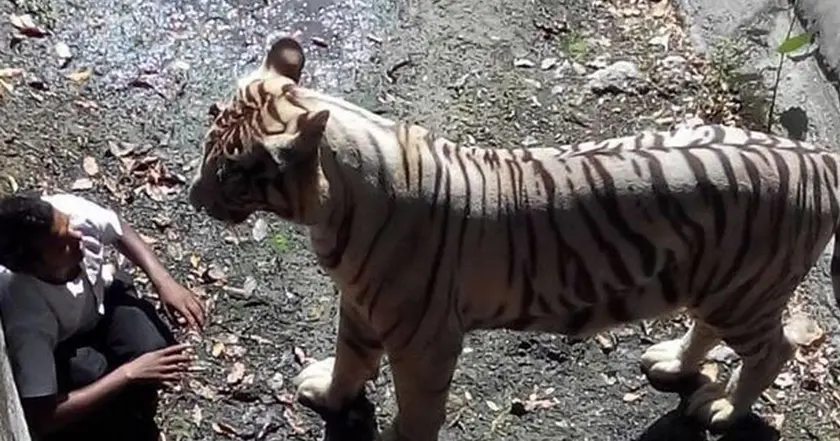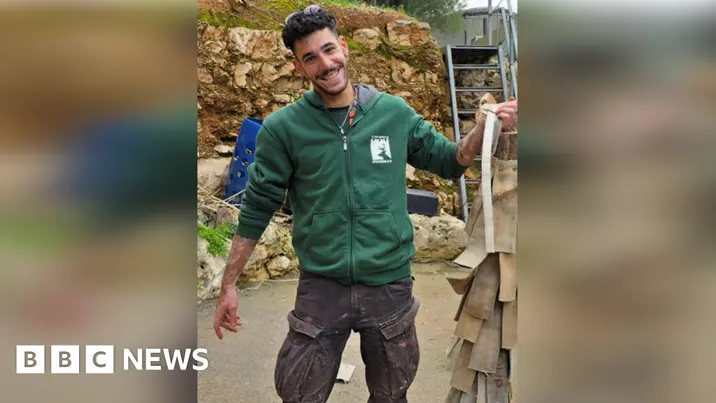T4K3.news
Graphic animal attack footage raises safety questions
An 80-year-old man was mauled by a crocodile in Lampung on June 30, prompting scrutiny of graphic footage and wildlife safety practices.

A look at the last moments captured on camera before fatal animal attacks and the ethical questions raised by sharing such footage.
Haunting last photos of people seconds before animals mauled them to death
A recent piece gathers several fatal animal encounters that were filmed or photographed, beginning with an 80-year-old man mauled by a 10-foot crocodile while bathing in a river in Lampung Province, Sumatra, on June 30. Local authorities say the victim was found within an hour of the attack, and the footage is presented as a stark reminder of nature’s power and the dangers in wildlife areas.
The article then surveys other cases from past decades, including a man who climbed into a tiger enclosure in New Delhi in 2014, and a series of bear-related fatalities in the United States and Canada. It notes that such moments often become viral images or videos, drawing public fascination while raising questions about safety, consent, and the ethics of sharing graphic last moments. The text treats these incidents as warnings about geographies where people and wild animals intersect and the fragile line between curiosity and risk.
Key Takeaways
"The victim was found within an hour"
Police chief on the recovery time
"It was just a normal day for us We didn’t expect it to end tragically like this"
Samugi, son-in-law
"Get out I’m getting killed out here"
Timothy Treadwell during the bear attack
"The human in this case was the intruder"
Alan O’Neill, assistant park superintendent
The piece leans into a grim trend: online audiences crave stark visuals. This can blur the line between reporting and entertainment and risks glamorizing danger rather than informing readers how to stay safe. Editors should balance respect for victims with the public’s curiosity. By focusing on context, caution, and prevention, coverage can warn without exploiting grief.
Stories like these also reveal how media platforms shape memory of tragedy. Clear warnings, responsible pacing, and expert safety guidance can turn a gruesome moment into a lesson about avoiding risky confrontations with wildlife.
Highlights
- It was just a normal day for us We didn’t expect it to end tragically like this
- The victim was found within an hour
- Get out I’m getting killed out here
- The human in this case was the intruder
Sensitive content and potential for sensationalism
The article contains graphic descriptions of fatal attacks and compiles them into a narrative that may sensationalize violence. It also raises concerns about privacy for victims and the ethics of sharing last moments online, which could provoke public backlash or distress among families.
The point is not fear of nature but respect for its power and limits of human curiosity.
Enjoyed this? Let your friends know!
Related News

Teen attacked by pack of dogs leaves girl severely injured

Man murdered in broad daylight in Hamilton

Colombian man convicted of double murder in Bristol

Zoo worker killed by tiger in Jerusalem

Zoo worker critically injured in leopard attack

Reform UK warns of censorship under new Online Safety Act
Documentary Investigates Iconic Vietnam Photo Controversy

Supplies suspended at Somerby Top Farm
